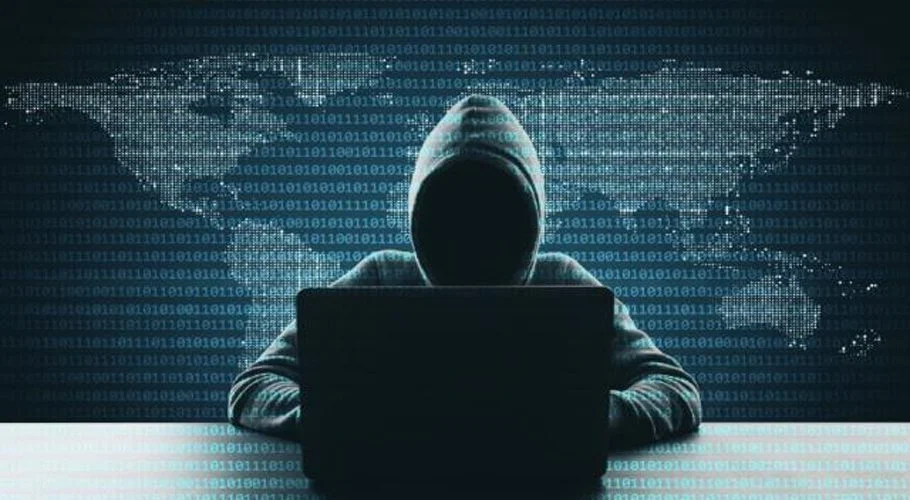(Daily point) — A 17-year-old Chinese exchange student, Kai Zhuang, who went missing in the Utah wilderness, has been discovered alive in what local police are labeling a case of “cyber kidnapping.”
This emerging criminal trend involves scammers remotely extorting vulnerable victims, convincing their families that they have been forcibly kidnapped and demanding ransom money.
Kai Zhuang was enticed to isolate himself by anonymous scammers, prompting his high school to report him missing. He was eventually found “very cold and scared” in a tent in rural Utah. After leaving him alone in the woods, the kidnappers texted Zhuang’s parents in China a picture of him and demanded compensation, claiming to have abducted him. Ultimately, Zhuang’s family paid the offenders $80,000 (£62,600).
Experts note that technological advancements have facilitated cyber kidnapping schemes. While there is no clear data on the number of cases, Zhuang’s experience is not an isolated occurrence.
Cyber kidnappings typically involve criminals deceiving victims into believing a family member has been kidnapped, while the individual is safe. Victims may hear screams on the phone, and perpetrators use threats to coerce hasty decisions. Instances of Chinese exchange students orchestrating fake kidnappings for extortion purposes have been reported in various countries.
The prevalence of virtual kidnappings is challenging to determine due to underreporting, but technological advancements have made these crimes more accessible. Concerns include the use of artificial intelligence to mimic voices and manipulate individuals into paying ransoms.
Experts recommend heightened personal protection measures, including being aware of publicly available information, remaining vigilant, and reporting incidents to the FBI’s Internet Crime Complaint Center. Verification of a loved one’s location after an emergency call and establishing specific phrases or keywords for family emergencies are advised. Enhanced authentication and tracing capabilities by law enforcement and telecommunications companies are also proposed to identify call sources. Despite the uncertainties, proactive measures are seen as crucial for preventing such crimes and ensuring people’s safety.






























